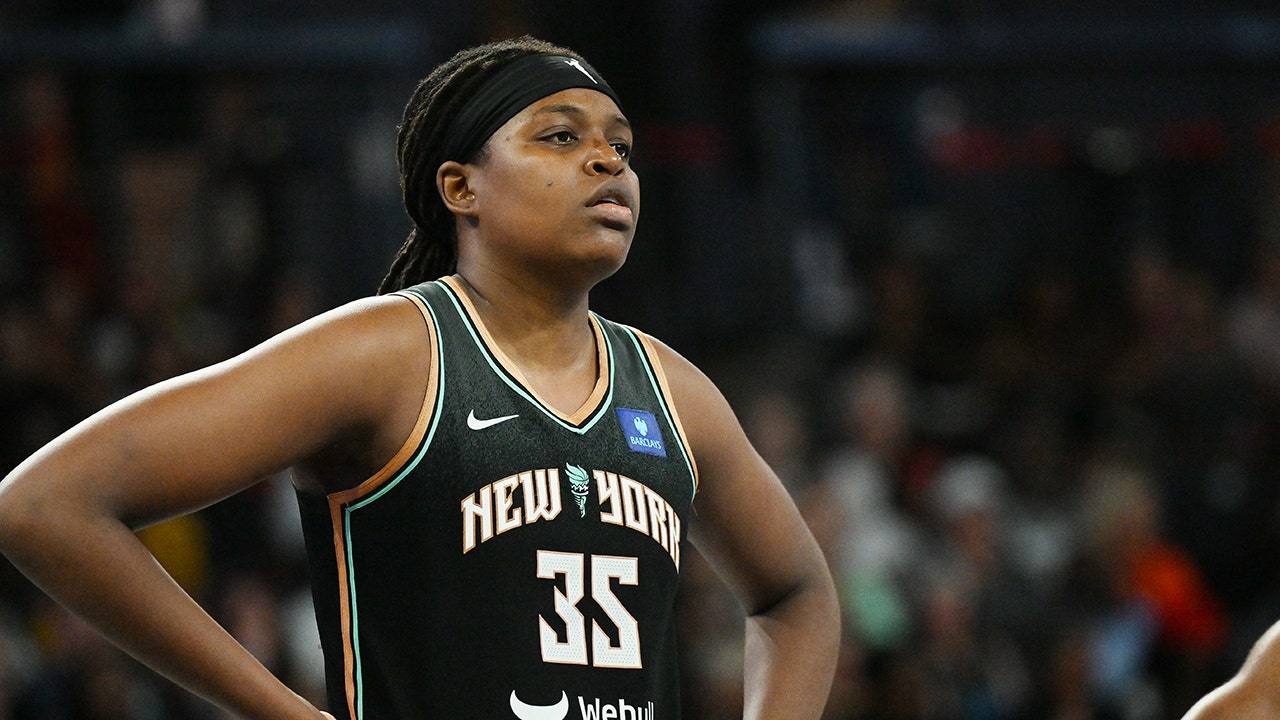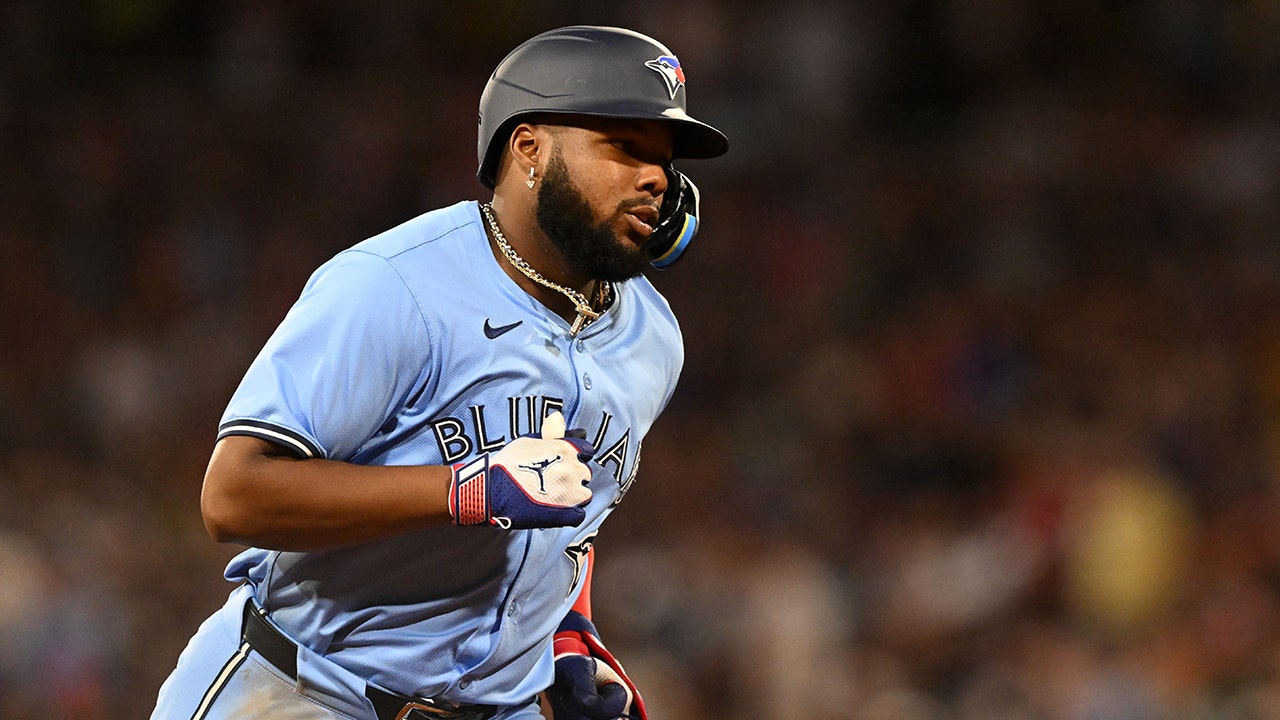Last September, he conducted the season-opening production, “Dead Man Walking.” That would seem like a given for a music director, but he was absent for “Medea,” the opener in 2022. “Dead Man,” at least, represents Nézet-Séguin’s admirable attempt to modernize the Met’s repertoire. But after that show, he conducted just two of the six contemporary works on offer this season. You could say he was focusing on the classics instead, but he led only four of the 18 total operas programmed.
When he does conduct at the Met, he has a penchant for extremes, either colossal or exquisite. At the delicate end, he can be brilliant, with detail-oriented transparency and prayerful serenity. But when he evokes immensity, it is often crude and unbalanced.
The overture to Wagner’s “The Flying Dutchman” at Carnegie on Friday, for example, had the wild force of a stormy sea, but without any view of what churns under the crashing waves. The enormous string sections overpowered the winds, even when they were meant to have a supporting, textural role. (Big sections, though, can still be balanced; just hear the Cleveland Orchestra and Berlin Philharmonic on the same stage.)
Brahms’s First Symphony, on Tuesday, was similarly elevated, with the impatient tempos of a maestro trying to make a dinner reservation on time. Phrases had little opportunity to land; in the third movement, the orchestra kept up with Nézet-Séguin’s baton only by sacrificing articulation and shape. In the finale’s homage to Beethoven’s “Ode to Joy,” the score’s direction of “con brio,” or “with vigor,” was somehow construed as “with ever-increasing speed,” as if that were tantamount to grandeur.
The Met Orchestra might as well have been another ensemble earlier that evening, with a sensitively warm account of Jessie Montgomery’s “Hymn for Everyone,” from 2021. That piece starts with a simple, hummable melody that travels throughout the ensemble, meditatively and communally, with an undercurrent of forward motion. It is as if the tune persists with the passage of time, sometimes harmoniously supported by the flowing momentum and sometimes seemingly threatened by it. The ending is unsettled, fading away with as much beauty as darkness.















































